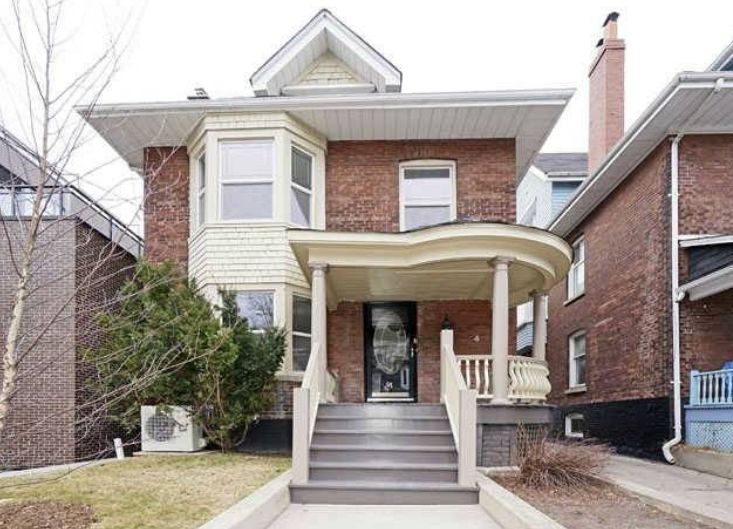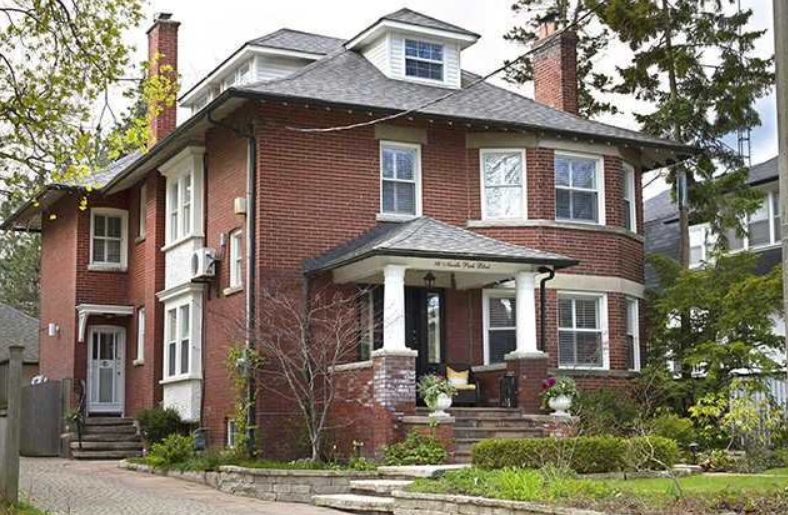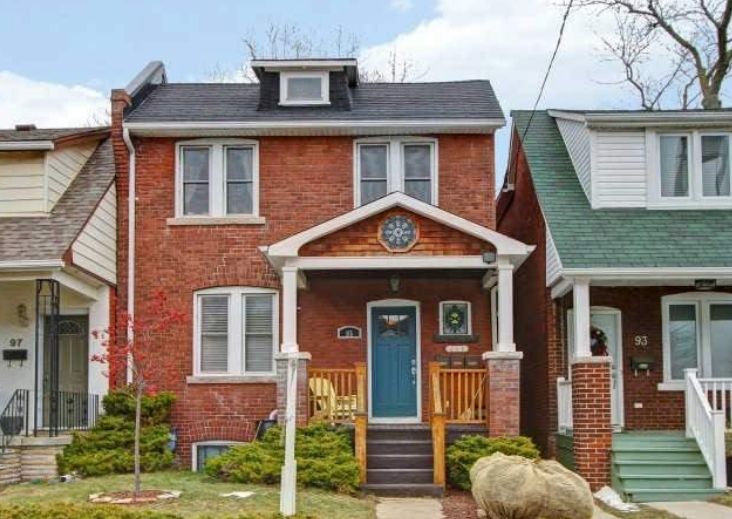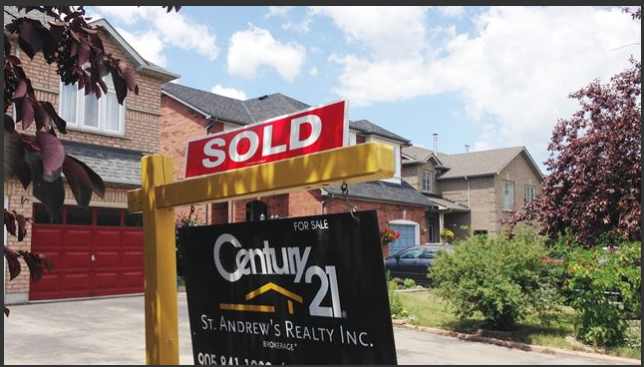If you’re thinking about buying a place to live in the Greater Toronto and Hamilton Area (GTHA), the price of housing is likely top of mind. And with prices continuing to go up — such as in Hamilton’s hot market — you may feel that what you can afford will limit where you can live.
However, a little research reveals some surprising facts that can impact the long-term cost of your home and tell you more about buying in a neighbourhood that will make you happier, healthier and even a little bit richer over the time you live in your home. Here are five key things you need to know when considering where to buy.
1. Getting to work and back: Think about how you will get to work or school and back. Data shows that if you need a car you can count on at least $9,000 a year in gas, payments, repairs, insurance and license for a compact car. And that doesn’t include parking. If you plan to live in the house for 10 years, that is like having $90,000 added to the house price. If there are two of you commuting in separate cars, make that $160,000. If you plan to take public transit you will each pay about $3,000 a year if you need to take the GO train or $1,600 a year if you take the TTC. Biking comes in a less than $500 a year for a bike and maintenance, and walking to work is free.
2. Property Tax. Not a lot of us think about this when looking for a new home, but it’s a good idea to check out the annual municipal taxes for your new place. Many communities with large single family homes spread across former forests and farmland have very high taxes to support long sewers, water mains, roads and school bus routes. An extra $1,500 per year in taxes will add $15,000 to the price of your home over 10 years.
3. Getting around town. Check out the best way to get around your new neighbourhood when looking at your future home. Can you walk to stores, restaurants and other services? Are there sidewalks for walking and streets safe for a bike, or will you have to drive everywhere? Driving everywhere costs a lot more — plus think about all the time you will spend looking for places to park.
4. Where is the train? Highways get more gridlocked every year and the new ones will mostly be tolled. Fortunately, the Ontario government has finally launched a major transit building project that will include the creation of more frequent electric GO trains to many cities and high speed rail toward London. There will soon be new light rail transit (LRT) projects in Hamilton, Mississauga, and Toronto as well as a subway extension to Vaughan. Think about how much the value of your home will increase over time if it’s within a short distance of new transit. Studies show that a home closer to transit has a higher value than those further away. Check out the Metrolinx, TTC, and MTO websites to find out if there are plans to build rapid transit in the area you are interested in living in.
5. Is my home in a complete community? Complete communities offer a variety of housing types, shops, schools, services and public recreational space in a setting where you can move easily by multiple means depending on distance and need. Complete communities are great for the climate as they cut down on car use, support local business and provide opportunities to spend more time with family, friends and neighbours. Check out your new home from this perspective.
In summary, it is a good idea to make sure that you look carefully at all the costs of living in a particular place, not just the monthly mortgage. You might be surprised what the math tells you. Think about where people will want to live in the future as transit, biking and walking become more important ways to get around and new housing and services are built in existing large towns and cities. These features will impact the future value of your home.
Finally, think about how the financial and quality-of-life attributes of your future home add together. Have a good look at places where existing urban amenities, public transit (existing or in the near future), shopping and services, green spaces and a healthy urban fabric come together and consider buying there. Your overall costs may be lower than you think while your quality of life will be much higher.
Read the full post in The Hamilton Spectator










